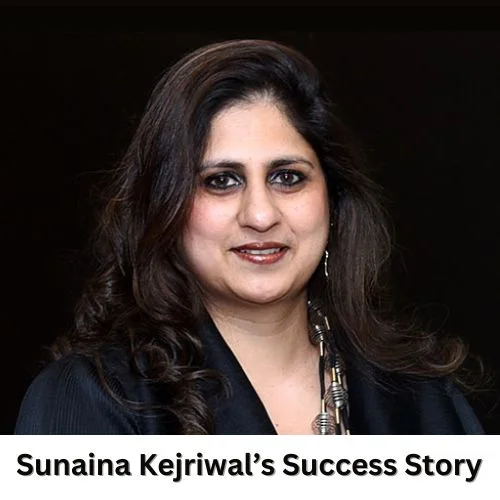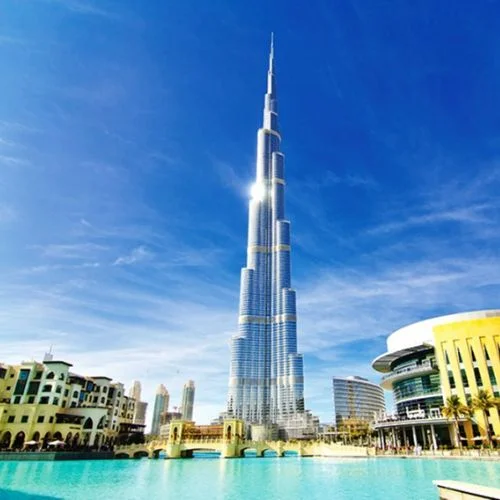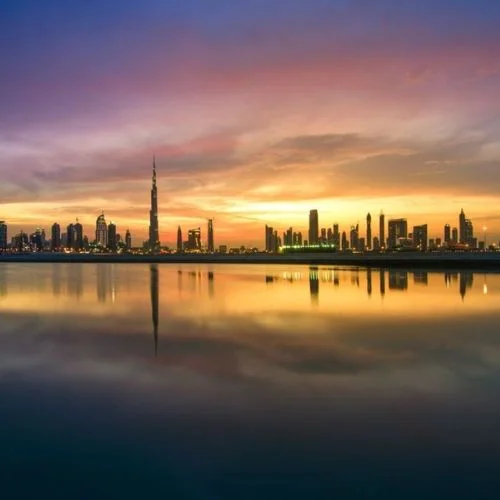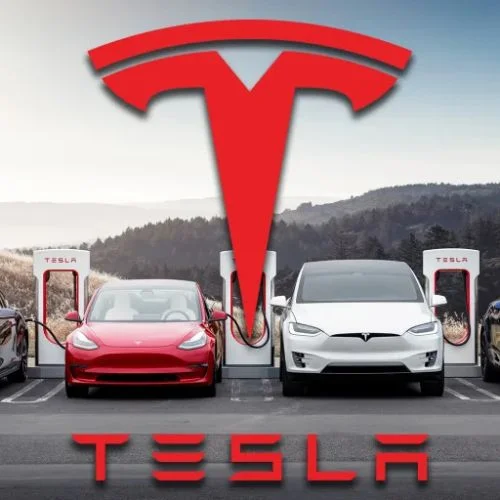In order to raise between $6,150 crore ($750 million) and $8,200 crore ($1 billion) through qualified institutional placement (QIP), Adani Green Energy is expected to ask the board for permission.
On May 13, two group firms, Adani Enterprises (12,500 crore) and Adani Transmission (8,500 crore), received board clearance for fundraising.
The activity is part of a group strategy that was internally defined last year with the goal of creating a “three-year equity cushion” to support expansion goals.
According to a Bloomberg investigation, Adani Green has received such board approval for capital raising every year but 2021.
Adani Green Energy will utilise the funds obtained to pay down a $750 million, three-year bond that was issued in 2021 and is due in 2019. According to the individuals cited above, the money will probably be stored in a special redemption reserve account and paid on the due date.
The corporation decided against taking this action. The initial plan had been to prepay the bond after receiving special Reserve Bank of India (RBI) approval.
“We don’t comment on everyday business issues. When appropriate, all publicly available information on commercial affairs is given, an Adani Group spokeswoman informed ET.
After signing a memorandum of understanding in 2022, Adani Green is currently renegotiating the parameters of its agreement with French utility company TotalEnergies for a potential $4 billion investment in a green hydrogen business. In response to the Hindenburg Research study on the Adani Group, which alleged stock manipulation and fraud, Total said in February that it was postponing the plan. The report’s conclusions were disregarded by the Adani Group.
Total had previously stated that it would not immediately move forward with the plan, which called for acquiring a 25% interest in Adani New Industries Ltd. (ANIL), an Adani Enterprises subsidiary.
ANIL and TotalEnergies announced a $50 billion capital expenditure plan in June of last year to build a 2.5 million metric tonnes per annum (mmtpa) capacity for producing green hydrogen over the following ten years, with the first phase’s 1 mmtpa capacity projected to be operational before 2030. According to a February 13 article from ET, Total has also committed a total of $10 billion in capital to the hydrogen project, serving as a guarantor for $6 billion worth of the project’s debt.
At its Khavda and Mundra SEZ facilities, ANIL intends to produce green hydrogen and downstream products like ammonia, urea, methanol, and ethanol. Due to its strong wind and solar resource potential, the 71,000-acre Khavda site offers 20 GW of large-scale renewable deployment potential.
Following the initial Memorandum of Understanding, a more comprehensive “heads of agreement”—pre-contractual discussions for a commercial framework—was initially scheduled to be concluded between May and September of this year. But at this point, it is improbable.
To finish a significant portion of the first phase of the integrated manufacturing ecosystem for ANIL by December, the Adani Group has continued the project work in Mundra on its own.
This calls for the production of 1.5 GW of wind turbines and 4.5 GW of solar modules, as well as electrolyzers, glass, aluminum frames, etc. Despite the majority of the work being scheduled for 2026–2028, analysts claim Adani has already spent more than 5% of the total capex.















